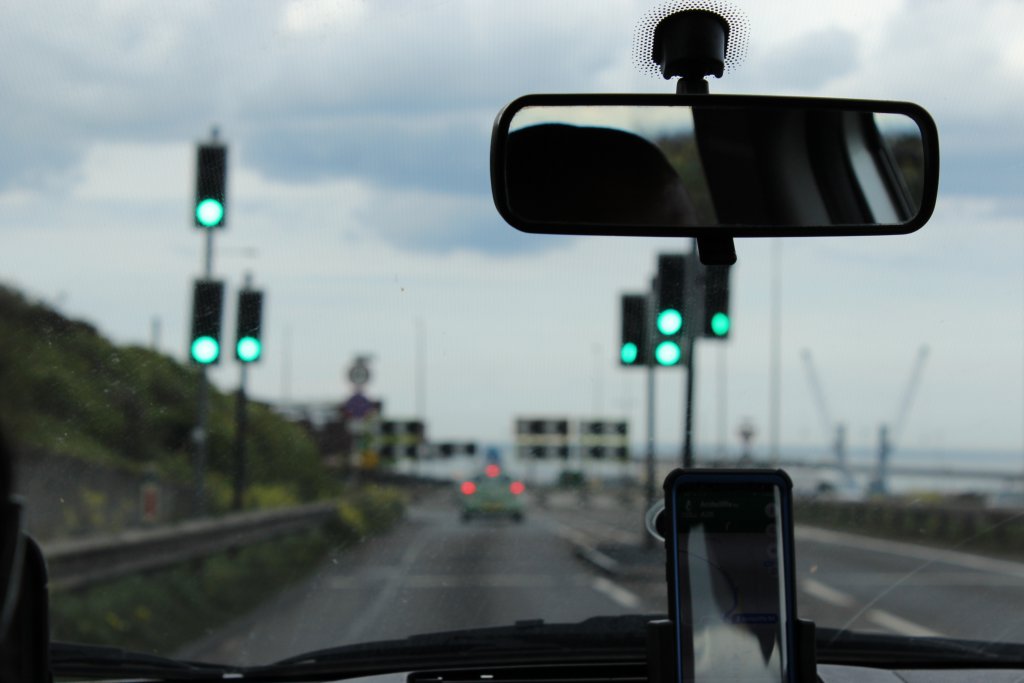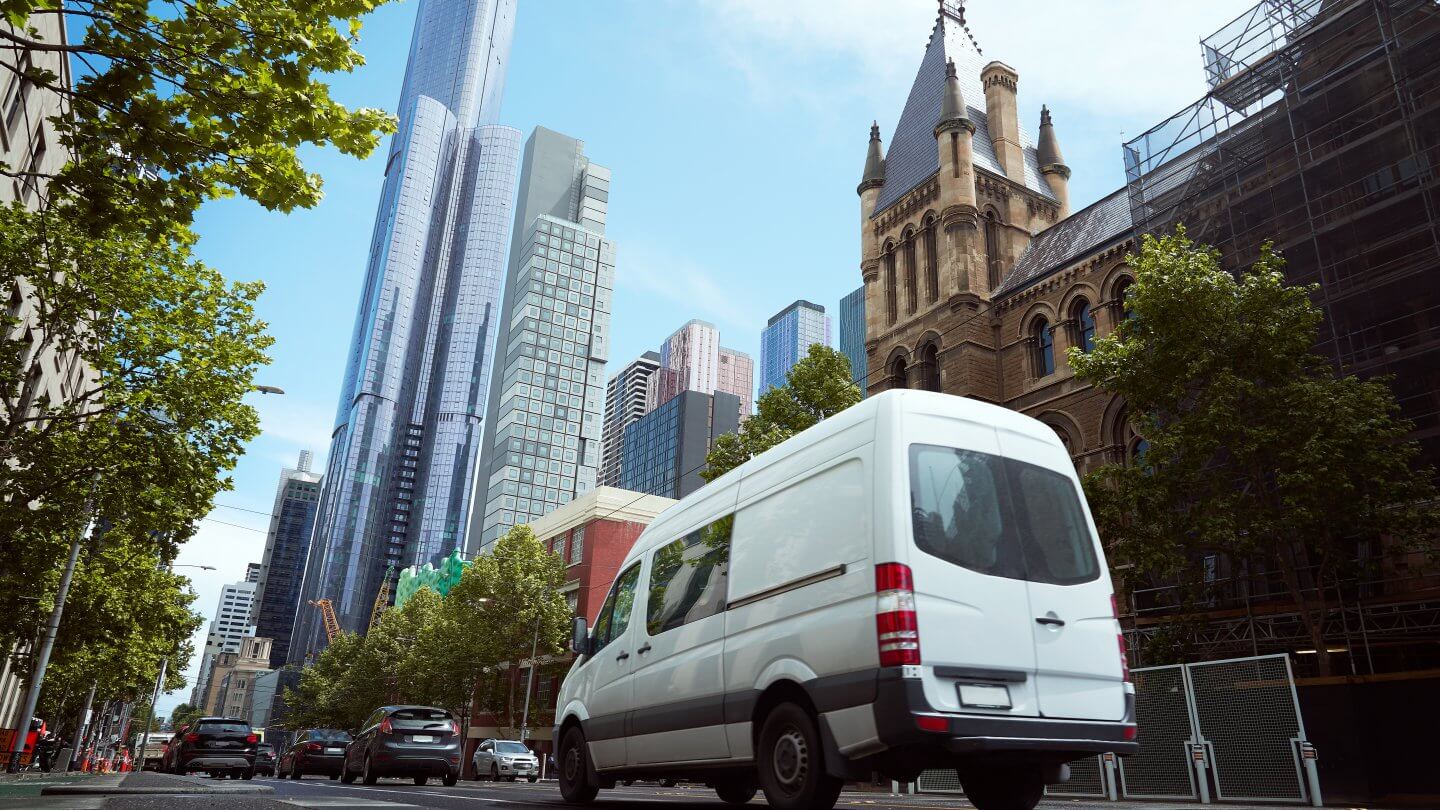Every business always has the challenge of costs to set against its revenues, and in that respect, logistics and supply chain companies are no exception. But businesses that run a fleet of vehicles can be subject to huge fluctuations in costs that are largely outside their control. Fuel costs can suddenly spike thanks to political changes that take place on the other side of the world. That’s why fleet managers and business owners always must keep every other cost in the company under tight control. That way, when petrol and diesel prices head upwards without warning, there’s some wriggle room to absorb the pain.
The latest generation of technology designed specifically for the sector can help squeeze costs right across the business, so when circumstances change overnight, the company can continue to thrive.
Perhaps the best-known family of tech known in the fleet manager’s job is on-vehicle telematics: tracking devices on each vehicle that report locations via GPS. In the past, those systems were advertised as a way that managers could keep an eye on vehicles and drivers in pretty-close-to real-time. In 2022, telematics technology still does this, but the potential goes much, much further, and companies looking again at these solutions can be in for a nice surprise.
Less fuel
Users of Verizon Connect’s Reveal platform, for instance, can grab the bull by the horns and address fuel costs head-on. The Reveal dashboard shows office staff where each vehicle is and how it’s affected by traffic snarl-ups, road conditions and local events. For example, by grabbing that data and rerouting a nearer vehicle to a pickup, the company saves fuel.
The same technology helps operations managers see how, over time, traffic blackspots evolve. So, when planning routes, the technology can be used to plan around problems before they happen.
Live data about route changes (canceled drop-offs and pickups, new requests for transportation and so on) visible on the same screen means companies can proactively plan better routes.
Integrated technologies working together help customer service standards, but critically, mean that no drop of expensive fuel gets wasted. Idling vehicles stuck in traffic are essentially burning money, so real-time data from sources like Google Maps and Verizon Connect Reveal turn stationary vehicles back into production.
Recouping dollars from vehicles idling is exactly what Midwest Foods and Liquor achieve, after just “a little bit of education,” according to the business’s owner, Shane Alderdice. “The drivers are now turning the truck engine off and the evidence is very clear that we are starting to save fuel. This has a massive impact on cost cutting across the board,” he added.
Fewer mechanics
One of the first uses of GPS technology when it first hit the industry was making sure that vehicles were driven carefully and within the law. That’s still a valuable advantage to telemetry, but on-road manners can get forgotten when drivers are up against deadlines.

But better routing means less pressure on drivers, so more careful road manners. That means less fuel burnt, but critically, fewer trips to the repair shops for bodywork damage and overtaxed engines, suspension, gearboxes and so on. Lowered shop costs are great and give companies room to take in vehicles for proactive maintenance.
Service schedules can also be tweaked according to route data. Vehicles known to spend most of the day start-stopping will need more regular attention than long-haul. The digital information from Reveal drives this kind of insight, ensuring that vans and trucks are in for maintenance before problems arrive and maintenance and repair appointments are scheduled at quieter times.
Technology is also very good at raising possible red flags for fleet operators’ attention, like in the case of when certain jobs seem (according to the timesheets) to be taking an inordinate amount of time to complete. Of course, not every employee commits wholesale timesheet fraud. Sometimes anomalies can be cleared up quickly, as recounted by NQ Cranes’ Wayne Leppien:
“According to [a driver’s timesheet] […], he started at 6am [and] he finished at 5pm […], but in actual fact, he was home at 4pm. So we can now ring him and say, ‘why did you put it til 5pm?’ and he might say, ‘oh I didn’t have lunch.’ […] That’s huge for a business – saving on lost time, production and money.”
Of course, the technology itself can’t take the lead and help businesses plan strategies right across the fleet. But when used to its fullest extent using the latest evolutions of modern platforms like Verizon’s, it combines superbly with fleet managers’ creative thinking.
Conclusions
Where once on-vehicle GPS telematics had just one or two purposes, the market leaders have pushed the envelope of what’s possible in modern fleet management. The good news is that cost-saving is now a primary driver behind the technology, and savings in one area have positive knock-on effects in others. From the Finance department, maintenance, purchasing, customer service and beyond, today’s Verizon Connect Reveal is driving change for the better in fleets across New Zealand and Australia.
To find out more about what’s possible and when you can expect an ROI, reach out to the company for a demo today.









